Cell Junctions
Cell Junctions
Although certain cell types – blood cells, and some immune system cells – move freely in the body, many others are packed into tight communities. Typically, three factors act to bind cells together.
- Glycoproteins in the glycocalyx act as an adhesive.
- Contours in adjacent cells membranes fit together in a tight knit fashion.
- Special cell junctions form.
Let’s take a closer look at the different types of cell junctions.
Tight Junctions
In a tight junction, a series of integral protein molecules in the plasma membranes of adjacent cells fuse together, forming an impermeable junction that encircles the cell. Tight junctions help prevent molecules from passing through the extracellular space between adjacent cells. For example, tight junctions between epithelial cells lining the digestive tract keep digestive enzymes and microorganisms in the intestine from leaking into the bloodstream (Note: some tight junctions may leak and allow certain ions to pass).
Desmosomes

An epithelial cell is shown joined to adjacent cells by three common types of cell junctions. (Note: Except for epithelia, it is unlikely that a single cell will have all three junction types.)
Desmosomes are anchoring junctions – mechanical couplings scattered like rivets along the sides of adjacent cells to prevent their separation. On the cytoplasmic face of each plasma membrane is a thickening called a plaque. Adjacent cells are held together by thin linker protein filaments that extend from the plaques and fit together like the teeth of a zipper in the intercellular space. Thicker keratin filaments extend from the cytoplasmic side of the plaque across the width of the cell to anchor to the plaque on the cell’s opposite side. In this way, desmosomes bind neighboring cells together and also contribute to a continuous internal network of strong wires.
This arrangement distributes tension throughout a cellular sheet and reduces the chance of tearing when it is subjected to pulling forces. Desmosomes are abundant in tissues subjected to great mechanical stress, such as skin and heart muscle.
Gap Junctions
A gap junction is a communicating junction between adjacent cells. At gap junctions the adjacent plasma membranes are very close, and the cells are connected by hollow cylinders called connexons, composed of transmembrane proteins. The many different types of connexon proteins vary the selectivity of the gap junction channels. Ions, simple sugars, and other small molecules pass through these water-filled channels from one cell to the next.
Gap junctions are present in electrically excitable tissues, such as smooth muscle and the heart, where ion passage from cell to cell helps synchronize their electrical activity and contraction.
Review
- Tight junctions: Impermeable junctions that prevent molecules from passing through the intercellular space.
- Desmosomes: Anchoring junctions that bind adjacent cells together and help form an internal tension-reducing network of fibers.
- Gap junctions: Communicating junctions that allow ions and small molecules to pass for intercellular communication.
Check your understanding
- Which two types of cell junctions would you expect to find between muscle cells of the heart?
Related Posts
Category: Cells


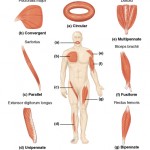
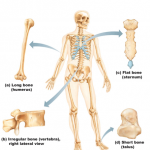

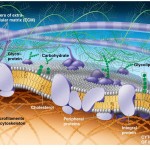
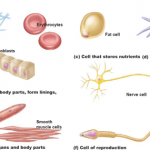
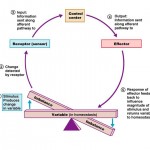
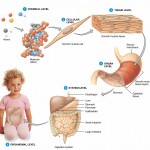

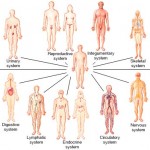
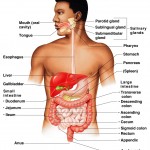
arent there 4.. desmosomes and hemidesmosonea (attachement to actinfilaments and intermid. filamets) each cell-cell an cell-basallamina?
Hey NJ – Technically hemidesmosomes attach cells to the extracellular matrix, which is not considered cell to cell attachment. There is a lot more involved with this topic but since this website focuses on Anatomy and Physiology I, only the main cell junctions and points of A&P are discussed.